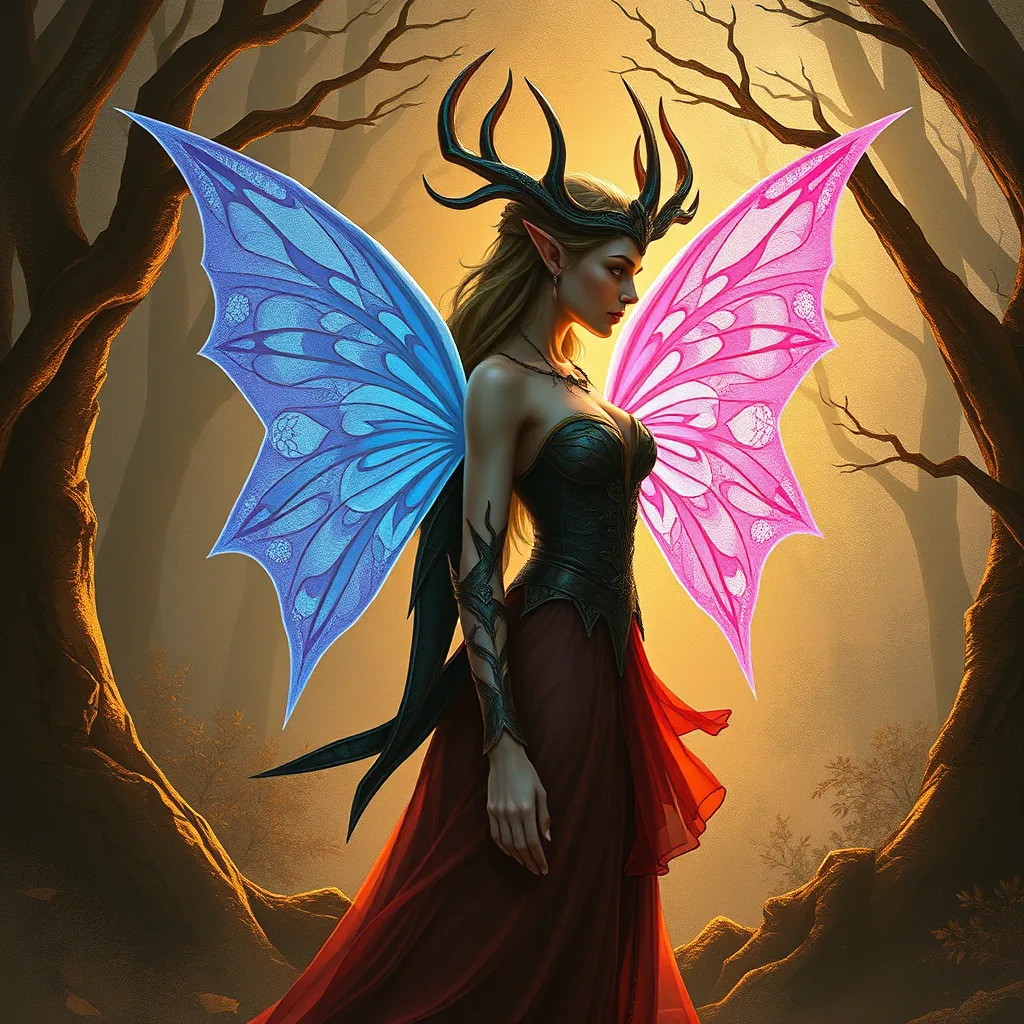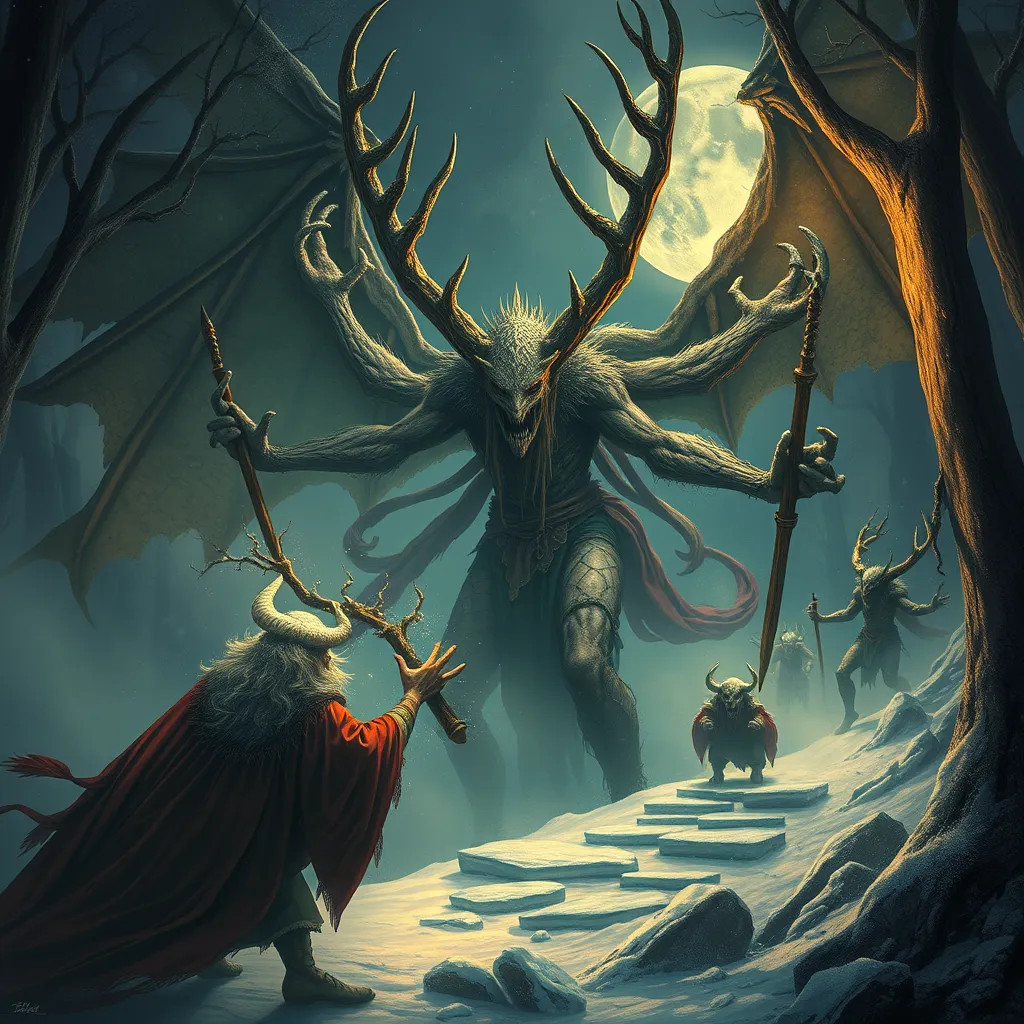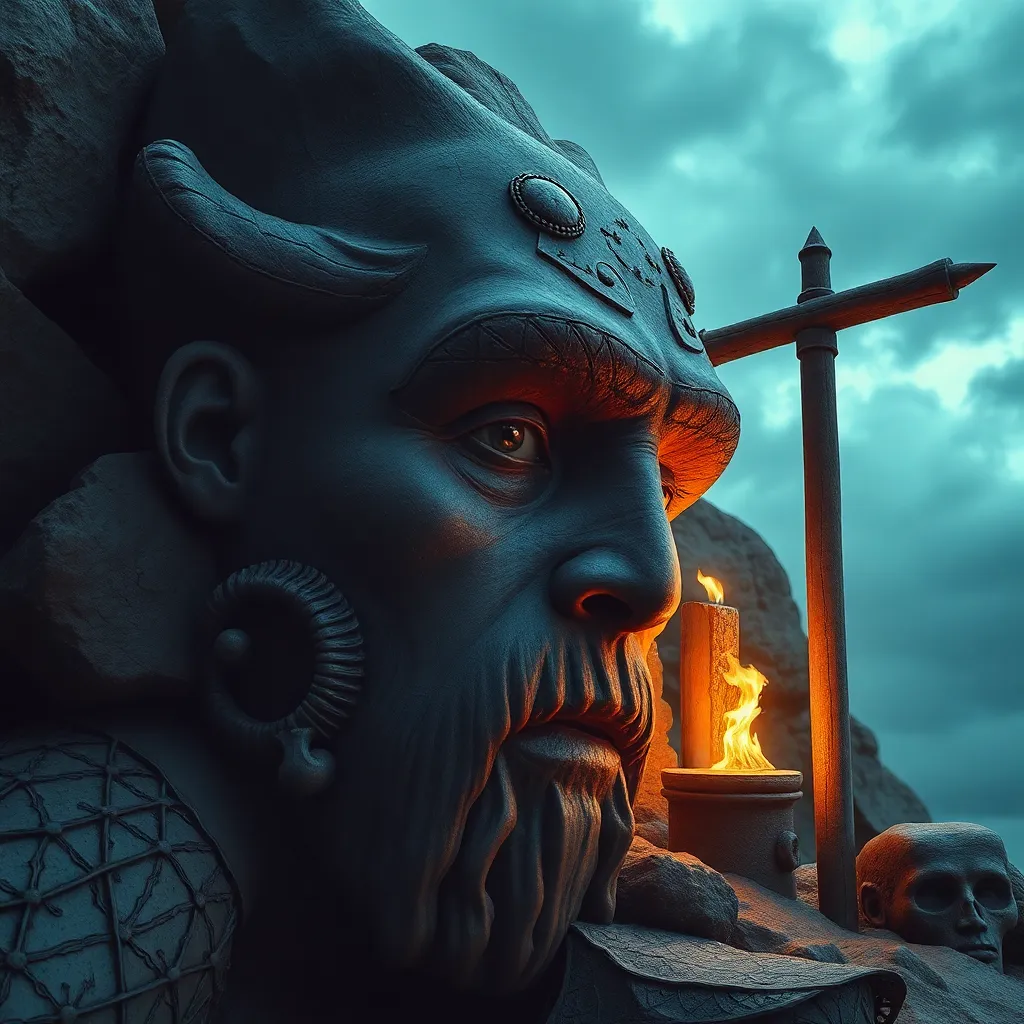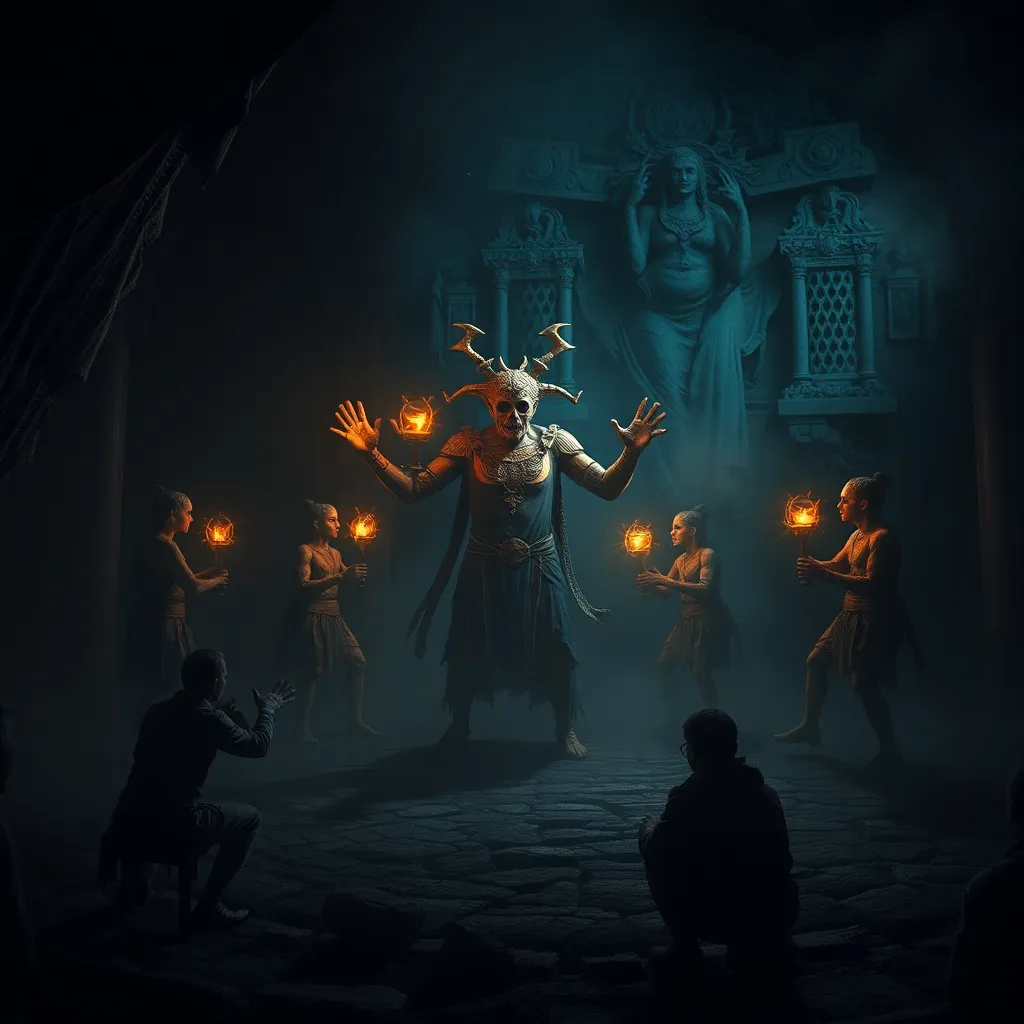The Elven Gender Roles: Examining the Dynamics of Male and Female Roles in Fae Society
I. Introduction
Elven society is a rich tapestry of culture, magic, and tradition, woven together by the lives and roles of its inhabitants. Known for their ethereal beauty and longevity, Elves occupy a unique space in the realm of fantasy, often embodying sophisticated social structures that differ significantly from those found in human societies. Understanding the gender roles within Elven culture is essential for grasping the dynamics of Fae society as a whole.
This article aims to explore the various dimensions of gender roles among Elves, examining how they have evolved and how they shape community interactions. We will delve into historical contexts, traditional roles, intersections with magic, modern perspectives, and the overall impact of these roles on Elven society. By the end of this exploration, we hope to provide valuable insights into the complex interplay of gender within this enchanting culture.
II. Historical Context of Elven Gender Roles
The origins of gender roles in Elven culture can be traced back to ancient lore, where distinctions between male and female roles were often rooted in the mythical narratives that shaped their societies. Traditionally, male Elves were seen as warriors and protectors, while females were often viewed as nurturers and caretakers, roles that reflected their connection to nature and magic.
Over time, these roles have evolved, influenced by internal changes within various Elven clans and external factors, such as interactions with human civilizations. For instance, clans that prioritized warrior traits may have emphasized male dominance, while those closer to nature may have allowed for more egalitarian roles.
When comparing Elven gender roles to those of human societies, we find both similarities and stark differences. While many human cultures have historically confined women to domestic roles, Elven society has often celebrated femininity alongside masculinity, creating a more balanced, albeit still distinct, gender dynamic.
III. Traditional Male Roles in Elven Society
Male Elves typically assume roles of leadership and protection within their communities. They are often depicted as skilled warriors, hunters, and guardians of their realms. This warrior archetype is deeply ingrained in Elven culture, where valor and strength are highly valued.
Cultural expectations impose pressures on male Elves to exhibit strength and resilience. They are expected to uphold their clans’ honor and engage in combat when necessary. This societal pressure can lead to a narrow definition of masculinity that emphasizes stoicism and bravery.
- Common positions for male Elves include:
- Warriors and defenders of the realm
- Leaders and chieftains
- Skilled artisans and craftsmen
Folklore and literature often depict male Elven figures as noble and heroic, such as Legolas from J.R.R. Tolkien’s works, emphasizing their connection to nature and skill in archery, further entrenching the archetype of the noble warrior.
IV. Traditional Female Roles in Elven Society
In contrast, female Elves are often associated with magic, healing, and nurturing roles. They are seen as the custodians of wisdom and the arts, with many serving as healers, scholars, or magical practitioners.
Societal pressures also shape the roles of female Elves, often expecting them to embody grace and wisdom. This can lead to a dual expectation of femininity—being both nurturing and powerful. The balance between these expectations can be challenging, as many female Elves strive to excel in both domains.
- Common positions for female Elves include:
- Healers and caretakers of the community
- Magical practitioners and scholars
- Artists and musicians
Female Elven characters are richly represented in mythology and art, often portrayed as wise and ethereal figures, such as Galadriel, embodying both beauty and formidable power.
V. Intersection of Gender and Magic
Magic plays a crucial role in Elven society, with distinct practices often tied to gender. Male Elves may focus on combat-based magic, enhancing their warrior capabilities, while female Elves might engage in healing and nature-based magic, reflecting their nurturing roles.
The training and mastery of magic can also be influenced by gender, with some traditions favoring male mentors for combat magic and female mentors for healing arts. However, these roles are not rigid, and many Elves transcend traditional gender boundaries in their magical studies.
- Prominent male and female magic users in Elven history include:
- Male: Elrond, known for his wisdom and battle prowess.
- Female: Yavanna, goddess of nature and fertility, representing feminine power in magic.
VI. Modern Perspectives on Elven Gender Roles
In contemporary Elven societies, there has been a notable shift in gender dynamics. As Elves interact more with other cultures and adapt to modernity, traditional roles are being re-examined and redefined. This evolution has led to greater acceptance of diverse gender expressions, including fluidity and non-binary identities.
External influences, especially from human societies, have played a significant role in these changes. Many Elven communities now embrace more egalitarian practices, allowing individuals to choose roles based on personal strengths and interests rather than rigid gender expectations.
VII. The Impact of Gender Roles on Elven Society
Gender roles significantly shape the structure of Elven communities, affecting relationships and societal dynamics. These roles can dictate alliances, conflicts, and the distribution of power within and between Elven factions.
Moreover, gender dynamics influence Elven art, literature, and storytelling. The portrayal of male and female characters in Elven tales often reflects the societal values and expectations of their time, impacting how future generations perceive gender roles.
VIII. Conclusion
In conclusion, examining Elven gender roles reveals a complex interplay of tradition, expectation, and evolving dynamics within Fae society. Understanding these roles is vital for appreciating the richness of Elven culture and its impact on the broader fantasy landscape.
As we continue to explore the nuances of gender within fantasy cultures, future research can further illuminate how these dynamics evolve and influence the narratives we cherish. The world of Elves, with its enchanting traditions and rich lore, offers a unique lens through which we can examine the broader themes of gender and identity.



